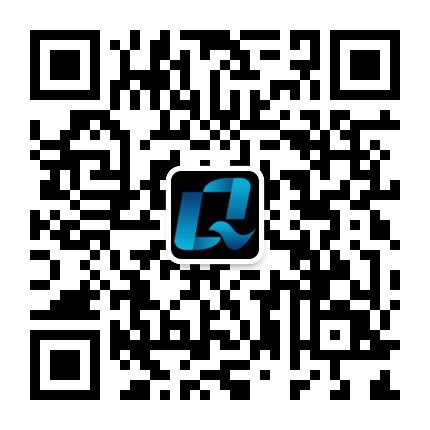CO2 Laser Marking Machine Marking on Rubber
CO2 laser marking machines are commonly used for marking rubber materials due to their precision, speed, and non-contact nature. Here’s a detailed guide on how CO₂ lasers work for rubber marking, along with key considerations:
How CO2 Laser Marking Works on Rubber
Laser Interaction with Rubber
The CO2 laser (wavelength: 10.6 μm) is absorbed well by rubber, causing localized heating.
The heat carbonizes the rubber surface, creating a dark, high-contrast mark.
For light-colored rubber, a foaming effect can produce a lighter-colored mark.
Types of Marks Possible
Engraving/Etching: Removing a thin layer to create permanent markings.
Annealing: Producing dark marks without deep engraving.
Foaming: Creating light-colored marks on dark rubber.
Key Parameters for Optimal Marking
| Parameter | Recommended Setting | Effect on Marking |
|---|---|---|
| Laser Power | 10W - 30W (adjustable) | Higher power = deeper engraving |
| Speed | 100 - 500 mm/s | Slower speed = darker/deeper marks |
| Frequency | 5 - 20 kHz | Lower frequency = more heat (better for dark marks) |
| Focus Lens | 2.0" or 2.5" | Determines spot size & precision |
| PPI (Pulses Per Inch) | 500 - 1000 | Higher PPI = smoother marks |






